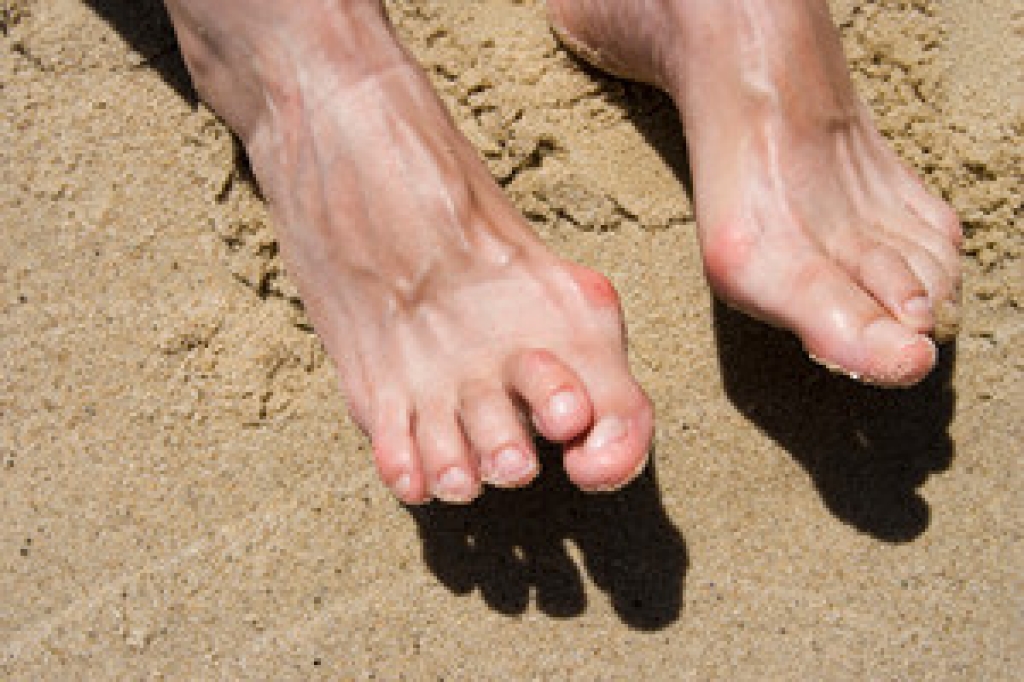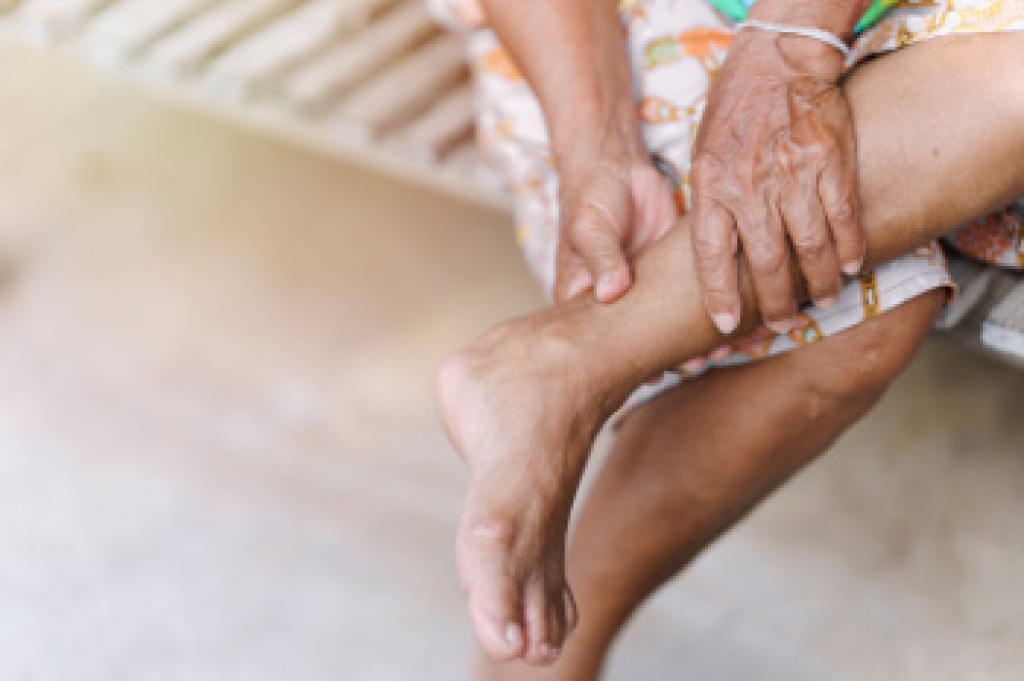
Pachyonychia congenita is a rare genetic condition that causes thick, curved nails and painful calluses on the soles of the feet, often beginning in childhood. The skin may form firm areas that make standing or walking difficult, and the nails can become sharply thickened, discolored, or tender when pressure is applied. Some people develop blistering or burning sensations in the weight bearing areas, especially after activity or in warm weather. These changes occur because certain skin proteins do not form normally, creating friction and pressure that the body struggles to manage. Although the condition cannot be cured, its symptoms can be eased with regular care. A podiatrist can safely reduce nail thickness, manage painful calluses, recommend protective footwear, and guide long-term strategies that lessen discomfort during daily activities. If your symptoms are interfering with movement or worsening over time, it is suggested that you see a podiatrist for effective relief solutions.
Some foot conditions may require additional professional care. If you have any concerns, contact Andrew Katz, DPM of Allcare Foothealth Center. Our doctor can provide the care you need to keep you pain-free and on your feet.
Rare Foot Conditions
The majority of foot conditions are common and can be treated by a podiatrist. Standard diagnostic procedures are generally used to identify specific conditions and treatment can be rendered. A podiatrist also treats rare foot conditions which can be difficult to diagnose and may need extra attention and care.
There are many rare foot conditions that can affect children. Some of these can include:
- Freiberg’s disease
- Kohler’s disease
- Maffucci syndrome
Freiberg’s disease - This can be seen as a deterioration and flattening of a metatarsal bone that exists in the ball of the foot. It typically affects pre-teen and teenage girls, but can affect anyone at any age. Symptoms that can accompany this can be swelling, stiffness, and the patient may limp.
Kohler’s disease - This often targets the bone in the arch of the foot and affects younger boys. It can lead to an interruption of the blood supply which ultimately can lead to bone deterioration. The patient may limp or experience tenderness, swelling, and redness.
Maffucci syndrome - This affects the long bones in a child’s foot leading to the development of abnormal bone lesions. They are benign growths and typically develop in early childhood and the bones may be susceptible to breaking.
A podiatrist can properly diagnose and treat all types of rare foot conditions. If your child is affected by any of these symptoms or conditions, please don’t hesitate to call our office so the correct treatment method can begin.
If you have any questions, please feel free to contact our office located in Palmdale, CA . We offer the newest diagnostic and treatment technologies for all your foot care needs.




